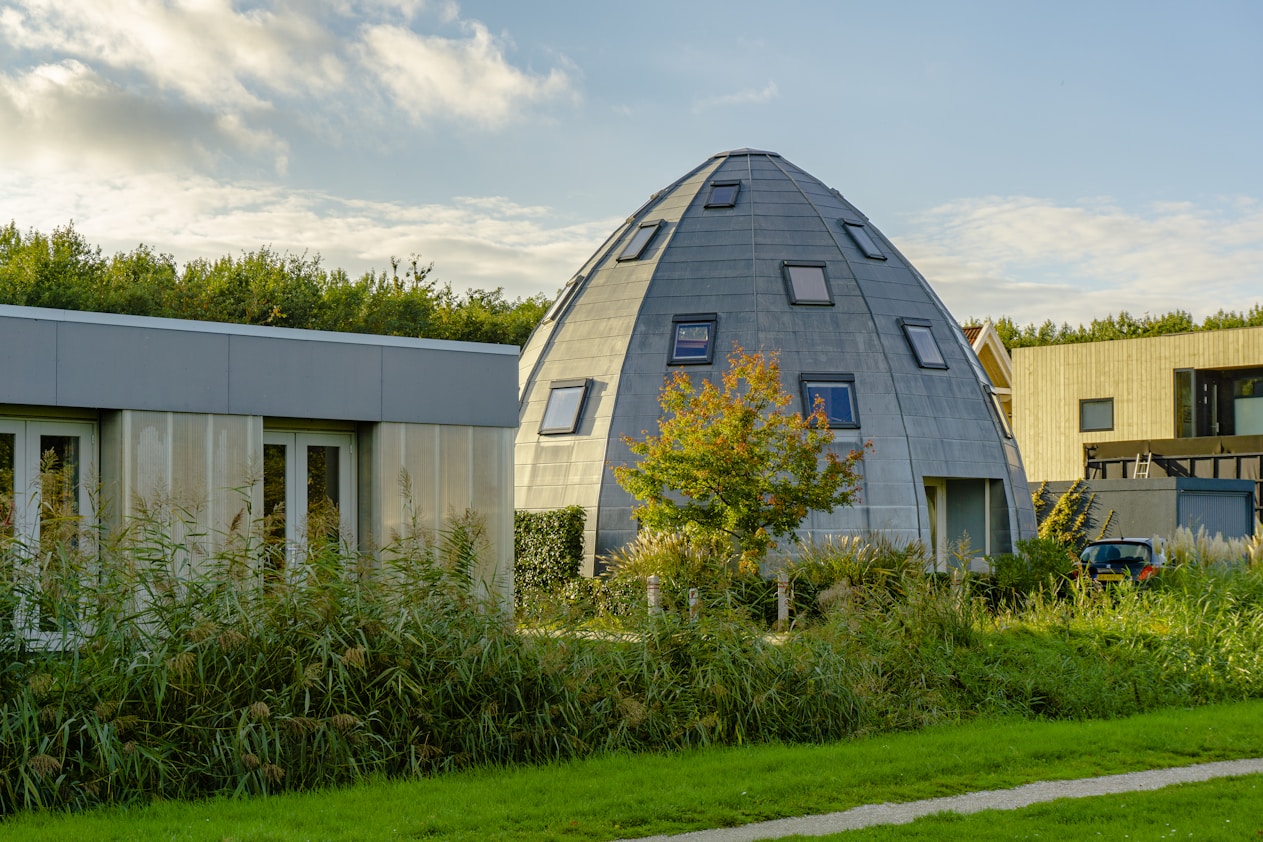
As environmental concerns intensify and climate change becomes a global priority, the real estate and housing sectors are undergoing a profound transformation. Green living is no longer a niche trend but a mainstream movement influencing how homes are built, bought, and lived in. Sustainable property trends reflect the growing demand for eco-friendly lifestyles, energy-efficient design, and long-term environmental responsibility.
Green living involves making lifestyle choices that reduce environmental impact and promote healthier living. In the context of property and housing, this means utilizing sustainable materials, minimizing waste, conserving energy and water, and designing spaces that harmonize with nature. From solar panels to green roofs, the elements of green living are now becoming essential features in residential and commercial properties alike.
Builders and developers are increasingly adopting eco-friendly construction methods to reduce carbon footprints and comply with evolving regulations. These practices include using recycled or renewable materials, implementing efficient waste management during construction, and employing techniques like modular building or passive solar design. These approaches not only reduce environmental harm but also often lower long-term costs for developers and homeowners.
Energy efficiency is at the heart of sustainable property trends. Modern green buildings incorporate features such as LED lighting, smart thermostats, high-performance insulation, and double or triple-glazed windows to optimize energy use. Solar power installations, geothermal heating systems, and energy-efficient HVAC units are also becoming common. These features help reduce utility bills, attract environmentally conscious buyers, and often qualify for tax incentives or green certifications.
Water efficiency is another key component of green living. Sustainable properties integrate low-flow fixtures, rainwater harvesting systems, drought-resistant landscaping, and greywater recycling. In areas facing water scarcity, these systems are not only environmentally responsible but increasingly essential. Developers are designing homes that actively manage water use to support long-term sustainability and resilience against climate fluctuations.
As the demand for sustainable properties grows, green certifications such as LEED (Leadership in Energy and Environmental Design), BREEAM (Building Research Establishment Environmental Assessment Method), and WELL Building Standard are becoming valuable indicators of a building’s environmental performance. These certifications signal to buyers and investors that a property meets rigorous sustainability standards and is built with health, efficiency, and responsibility in mind.
Smart home technologies are playing a crucial role in enhancing sustainability. Automation systems allow residents to monitor and reduce energy and water use, adjust lighting and climate settings, and manage appliances more efficiently. Integrated energy management systems provide real-time insights into consumption patterns, enabling homeowners to make data-driven decisions that support both their finances and the environment.
Green living extends beyond individual homes to encompass entire communities and cities. Sustainable urban planning emphasizes walkability, access to public transportation, green spaces, and mixed-use developments that reduce car dependency. Eco-districts and net-zero neighborhoods are being developed with a focus on minimizing environmental impact, promoting social inclusion, and fostering a high quality of life for residents.
Today’s buyers and renters are more informed and environmentally conscious than ever before. Millennials and Gen Z, in particular, prioritize sustainability when choosing where to live. They seek homes that align with their values—places that are not only comfortable but also contribute to a healthier planet. As a result, developers and real estate agents are increasingly marketing sustainability features as major selling points.
Investing in sustainable properties offers long-term economic advantages. In many regions, homeowners can benefit from green tax credits, utility rebates, and energy performance bonuses. Additionally, sustainable homes often maintain higher property values and experience faster appreciation due to growing demand. From a long-term perspective, eco-friendly homes are more resilient to future energy price hikes and regulatory shifts.
Despite the clear benefits, several challenges still hinder widespread adoption of green living practices. These include higher upfront costs, limited awareness among buyers, and inconsistent regulations across jurisdictions. However, as technology becomes more affordable and public support for sustainability grows, these barriers are gradually being reduced. Industry collaboration and government incentives will be key to accelerating the transition.
Looking ahead, green living and sustainable property trends will continue to evolve. Innovations in materials science, carbon-neutral construction, and circular economy principles will redefine how we build and live. Buildings may become self-sustaining ecosystems that generate their own energy, manage their own waste, and support the well-being of their occupants. As cities face increasing environmental pressures, the need for scalable, sustainable housing solutions will become even more critical.
Green living is no longer optional—it’s a necessity. As the real estate industry adapts to the realities of climate change and shifting consumer expectations, sustainability is emerging as the foundation of modern property development. From construction techniques to smart technologies and urban design, every aspect of the built environment is being reimagined through a greener lens. For homeowners, investors, and developers alike, embracing sustainable property trends is not just good for the planet—it’s good for business.